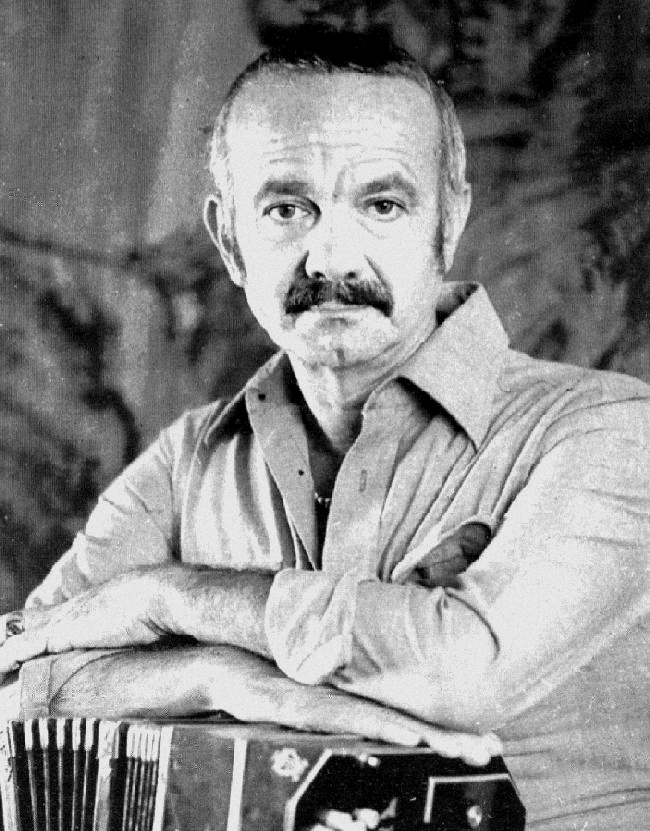
Because I have no other metaphor readily available, I’m going to relate it to Cryptozoology. For years we suspected some sort of mythological creature lived in lower east Asia. You’d hear tales from villagers, shepherds, and sherpa's about some man-like thing living in the high hills. Eventually we found out those were silver-back low-land gorillas. And today we regard them as just another animal, though there are still books for of Sasquatch this and Loch Ness that.
In the music world, very few things go into the classical realm with ease. For a long time, few instruments made the cut as something that was ranged enough, and flexible enough to take on the classical repertoire; Piano created this movement, being born for the substandard instruments of the past, harpsichord, dulcimer and the harp. Once man had achieved his instrument of progression, others earned their way into the game, violin and the bowed instruments. All the manner of woodwind and see the orchestra was filled with instruments you could be classically trained in. As the style fell from favor, many would believe that what classical could achieve was already discovered, set and stone, and reduced to mere hobby for those interested enough to pursue.
Then Segovia came along, like some silver-back gorilla and said “yes, the rumors are true, the Guitar is and can be a classical instrument. Watch.” And while many wrote classical for guitar prior, it was mostly mythology, novelty, or shtick. It certainly wasn’t the proud pea**** of the concert hall we consider it today.
The question for us as appreciative observers is, what other lowland gorillas exist out there amongst the yetis and chupacabra?
This question, and to some degree passion, originates in my own fascination with one instrument bordering on the very cusp of where guitar might have been 110 years ago. For all intents and purposes, lets call it the Accordion. If you do your research, you’ll understand why its difficult to use any particular name. The problem is 3-fold.
For one thing, there doesn’t seem to be much scholarship in regard to both construction of the three major instruments (addressed later), and also the classifications tend to be, at least thus far, scattered.
To explain that last part, lets address the aforementioned 3 instruments that might comprise what I’m referring to when I say Accordion.
* Accordion – Most westerners hear this and think of the spring-like box with piano keys on it that sounds like a portable little organ. Its mostly associated in the United States with 3 major ethnic groups; Latin Americas (and Mariachi), Italian Americans (and Tarantella, generally), and Eastern European in its many different incarnations (klezmer, gypsy, ect.). To a smaller extent, the Irish population be come to mind, but its generally with another sort of accordion.
* Button Box – I’m using this title because its to differentiate the accordion above from this one. Primarily, the first is unisoronic, meaning that no matter which direction I’m moving the instrument (push, pull) it makes the same noise for the key you’re playing. The button box, possibly referred to as a melodeon by our international friends, is commonly bisoronic which is often why buttons replace keys. A push generates a different note than a pull would for the same key. Its no wonder they moved away from piano keys, which is one of the western words most iconic muscial symbols. To suggest that the white key between two black keys isn’t a D may have been see as musical-blasphemy.
* Bandoneon – The match head that set this horrible struggle on fire for me. Those many casual observers would say one IS the other, for some reason I have yet to discover, the Bandoneon is considered to be in the Concertina family, rather than the Accordion family. This is the case despite both being free-reed (like a Harmonica). Normally I’d dismiss this as ridiculous sausage-making but the bandoneon represents one of the big arguments for the “Accordions” presence as an instrument more than capable of delivering on the Classical pile. The Tango, which sounds like Classical though is often classified as “jazz” stands as the major musical force in several Latin American countries. Like Segovia, Astor Piazzolla stands as its ranking patriarch.
Why these three exist as separate entities to some degree is a mystery. They certainly aren't without their similarities, they likely have more than not, but it seems to be that the single biggest hurdle in preventing the full on acceptance of this instrument into the classical Valhalla is that scholarship is failing on an all too consistent basis. This goes well beyond the storied halls of Major Metropolitan Conservatories. There is no movement at the bottom.
This "Accordion" still sits at the bottom of public opinion. If some youth finds themselves in possession of an instrument and weekly lessons, they are likely forced there by some diaspora-laden immigrant parent who's iron-clad rule over the house insists that the instrument is learned for traditional [enter country here] traditions. And who's the biggest sitting champion of this instrument in popular culture? Its Weird Al Yankovik. I love Al, but no wonder the instrument is taking as a joke.
Lessons are impossible to find at most local schools where a migrant population doesn't carry it in. I live in a fairly forward-leaning metropolis in America, and I can't find lessons beyond someones living room. By its very existence there, it has an aura of lacking credibility. Still, the potential is there, and with the on-coming push of roots music and, as the opinion piece I posted above will suggest, "Chambergrass" the revolution might be upon us.
